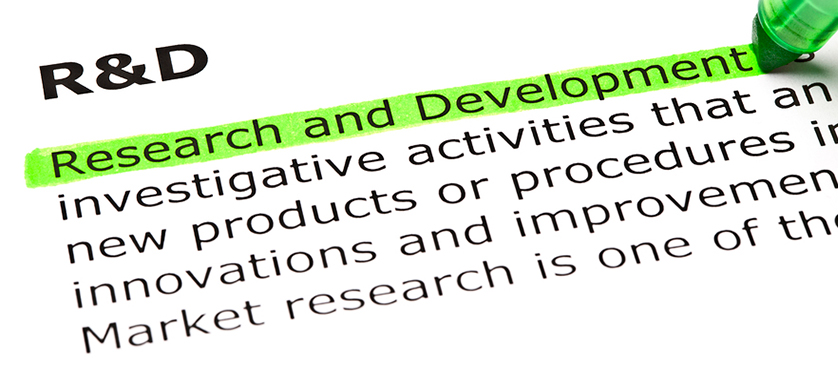Performance measurement in R&D
In the last decades, the role played by performance measurement in helping organizations achieve and sustain their competitive advantage has been clearly established and acknowledged by management literature. During the ‘90s, some revolutionary changes such as technology fusion and proliferation, shortening of product life cycles and increased competition pushed managers towards the measurement and assessment of the R&D performance, even more than before.
As a consequence, R&D started to be viewed as accountable in terms of efficiency, effectiveness, internal and external customer focus as well as alignment to business strategy. Of course, problems appeared as time passed, and thus, a rich literature was developed; therefore, some of the issues have already been addressed, issues like designing a PMS to fit the characteristics of R&D activities, the PMS implementation process and its major effects, the selection stage of metrics and indicators in an unpredictable context like R&D and so on. This means that when planning to identify the constitutive elements of a PMS for R&D units, one has to keep in mind both the literature on accounting – business performance measurement and on R&D – innovation management.
According to the literature on accounting – business performance, when designing a PMS for this function, a system approach should be set in place and the first step is to identify the measurement objectives, meaning the specific aims for which the system is designed and implemented. Afterwards, the performance dimensions have to be monitored. Then, using operative techniques, the performance is measured for a specified control object. This performance measurement system should also specify the standards against which the performance is assessed and how often the measurement is done.
The literature on R&D – innovation management helps better understand how to put in use the basic elements, meaning PMS objectives, structure, performance dimensions and the entire process.
The most relevant goals for the use of PMS in R&D units are classified into two categories: hard (ensuring control through measurements, precision and timeliness) and soft (enhancing communication, information sharing and creativity). These two main categories lead to different choices and approaches in terms of performance monitoring by the system put in place, its structure and other process related aspects. Some of the main objectives are:
– Diagnosing activity for supporting resource allocation, monitoring project progress and project profitability;
– Motivating the staff;
– Easing communication and coordination;
– Learning and growth;
– Reducing R&D risks and uncertainties;
– Improving R&D performance.
Also, it is important to know precisely the control objects included in the PMS structure – specific parts of the organization’s R&D activities (units, sub-units, projects). It can include the R&D function as a whole, the research and development functions separately or the functional units – those responsible for R&D activities in a specific field of study, or all of the above, together, as they are not mutually exclusive. Generally, a PMS has a very complex structure and selecting proper performance dimensions can be tricky because of the uncertainty level, the relevance of intangible factors and also because of the low standardization of R&D activities. Despite all this, there are several suggestions offered by the specialized literature. On one hand, there are authors suggesting that R&D units should comprise the following types of performance dimensions:
– Input: quantity and quality of current expenses, investments, HR, technologies used;
– Process: concept generation, project selection, technology acquisition;
– Output: patents, scientific publications, completed projects, new products under development.
On the other hand, a different perspective is offered by authors who consider that a Balanced Scorecard approach could be effective in R&D units. As a result, they suggest the following performance dimensions:
– Financial perspective
– Market orientation
– Internal business perspective
– Innovation and learning perspective
Regardless of the approach, it is important to bear in mind the fact the most important thing is the internal coherence among all the constitutive elements of PMS, as it is critical for its effectiveness and efficiency. So, contextual factors should also be taken into account:
– The company’s R&D strategy
– The type of the R&D organization;
– The type of activities carried-out and the risk level;
– The available resources (for design, implementation and use of PMS, in terms of money, time, people, technology and know-how);
– The company’s sector of activity.
All of this being said, it is quite clear the fact the system is more complex than it appears at a first sight. Also, one becomes aware of the fact that there are a lot of aspects to be taken into account when implementing such a system and that the existing literature in the matter cannot be overlooked.
References:
Photo Copyright :
Ivelin Radkov

Tags: Management performance, Performance Measurement, Research and Development






